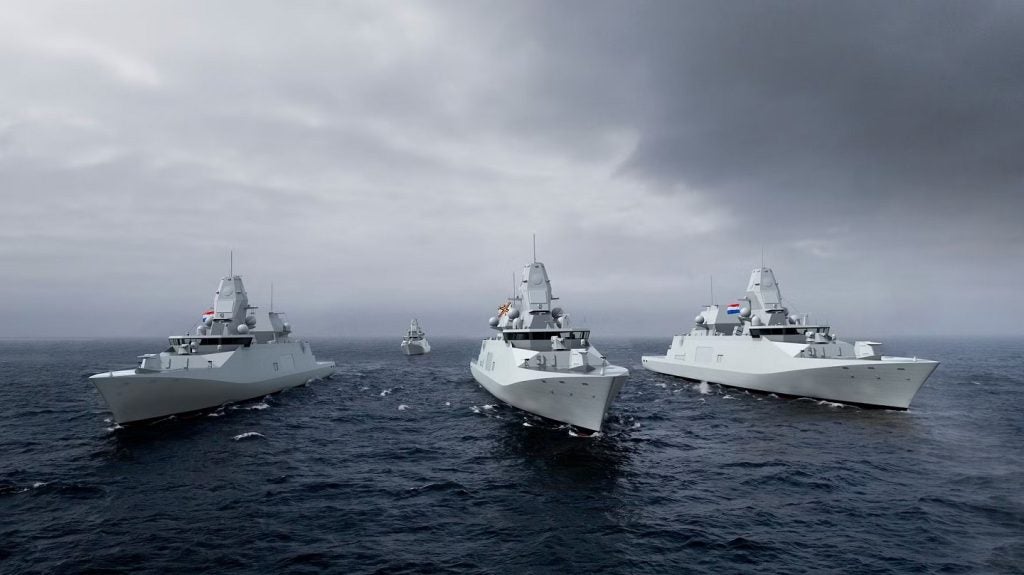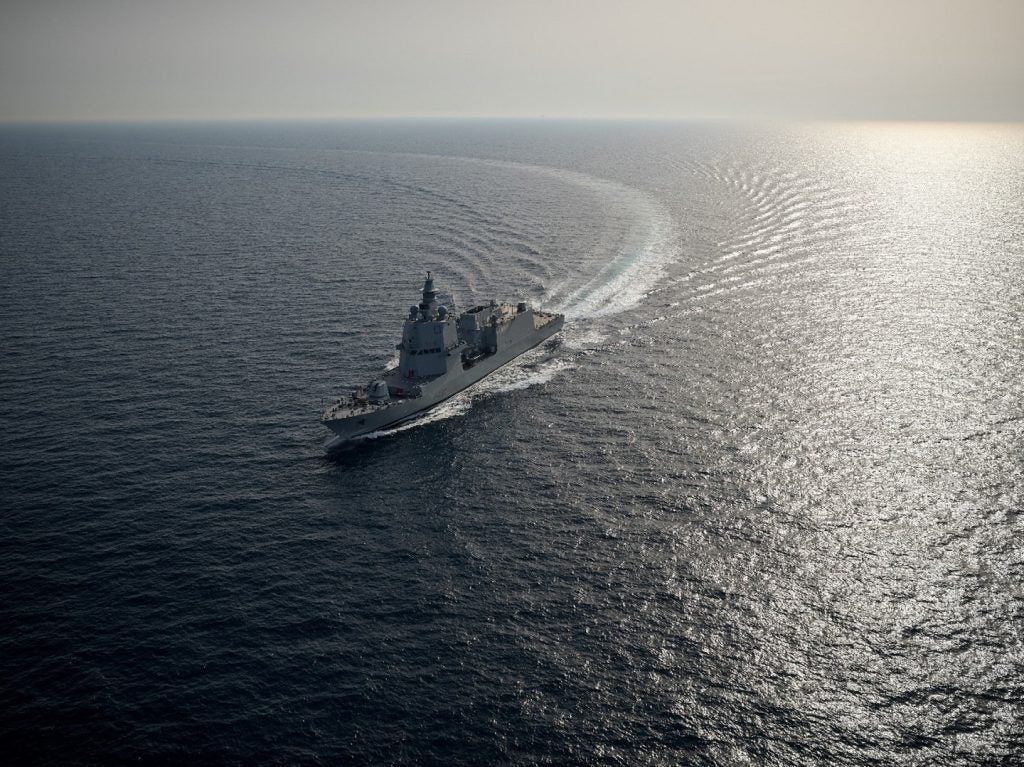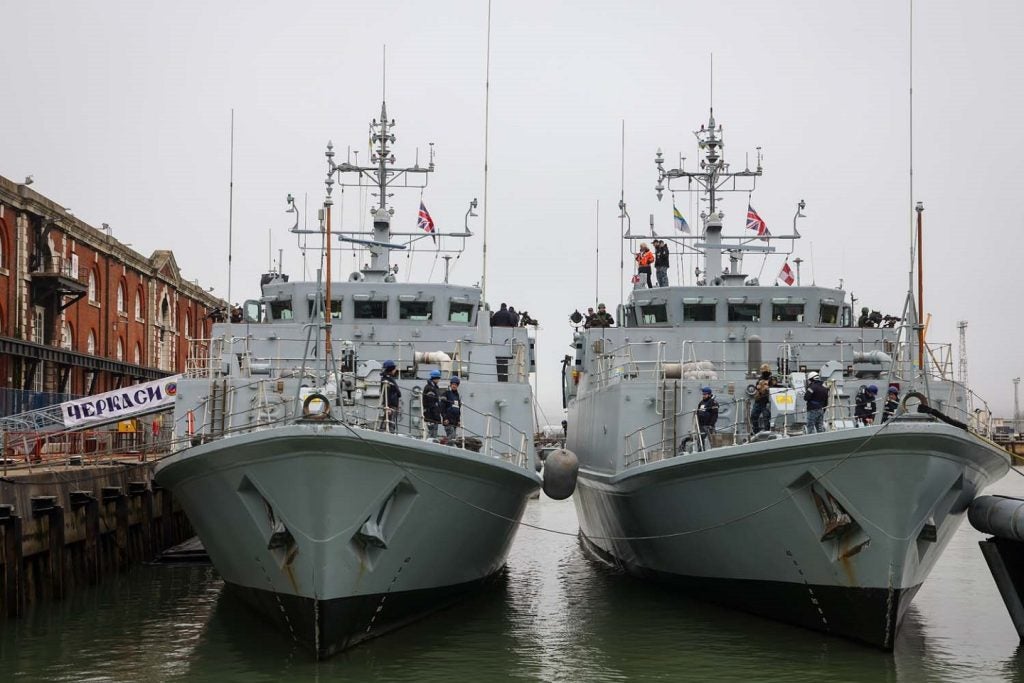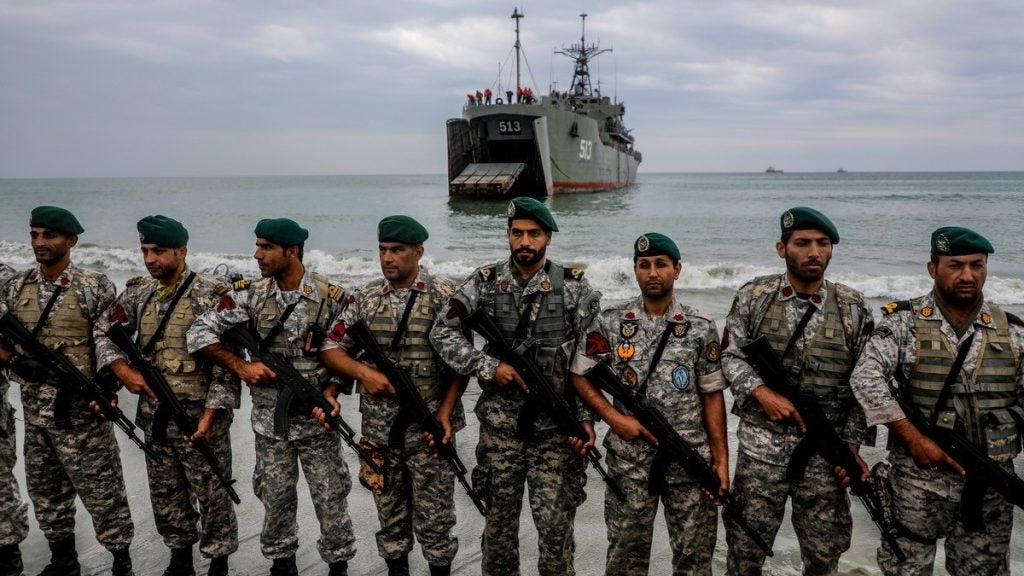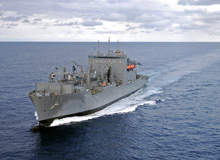
Over the next decade, the world market for Naval vessels and equipment will grow to more than €140bn. According to experts from Defence IQ, the largest growth potential lies with offshore patrol vessels, but destroyers, frigates and corvettes, all programmes under way, and aircraft carrier programmes such as those in the UK, US, France, China or India will also help make for a healthy industry in years ahead.
In December 2009, US legislation, amongst others, appropriated about €14bn for the funding of seven new naval ships in fiscal year 2010. These include the second Virginia Class fast attack submarine, the second joint high-speed vessel, the two final T-AKE-1 Lewis and Clark Class dry cargo and ammunition ships, and two littoral combat ships. The seventh ship will be a DDG 51 Arleigh Burke Class destroyer. Three destroyers, an attack submarine and an ammunition ship will also join the fleet in 2010.
The US Navy plans to complete construction of only three DDG 1000 Zumwalt Class before restarting production of DDG 51. Its budget includes funding to complete the procurement cost of the third DDG-1000, which was authorised, but not fully funded, in 2009. This plan is supposed to provide stability of the industrial base and continue the development of advanced surface ship technologies such as radar systems, stealth, magnetic and acoustic quieting, and automated damage control.
On the other side of the Atlantic expenditure on naval programmes throughout the EU doesn’t even come close to the sums invested by the US. The European Defence Agency (EDA) projects them first to increase from around €5.7bn to more than €7.7bn a year by 2016 before settling down to a level of €5bn to €6bn. According to the EDA this is to amount to a total of €65bn to 2018, including procurement and upgrading of naval vessels.
How well do you really know your competitors?
Access the most comprehensive Company Profiles on the market, powered by GlobalData. Save hours of research. Gain competitive edge.

Thank you!
Your download email will arrive shortly
Not ready to buy yet? Download a free sample
We are confident about the unique quality of our Company Profiles. However, we want you to make the most beneficial decision for your business, so we offer a free sample that you can download by submitting the below form
By GlobalDataThe UK’s new warships
See Also:
The most ambitious shipbuilding programme in the EU at the moment is the UK’s Queen Elizabeth Class aircraft carriers.
Built by the Aircraft Carrier Alliance, which is made up of BAE Systems, Thales UK, Babcock and the Ministry of Defence (MoD), construction is underway at four shipyards around the UK. The project is due to expand at Portsmouth and Merseyside in 2010. Those two ships are part of an investment programme into new warships worth €16bn over the next ten to 15 years.
Six new Type 45 air defence destroyers are in various stages of completion with the final one due to be launched in late 2010 and the first forecast to enter service mid-year. In context with the military afloat reach and sustainability (MARS) programme, an international competition for a MARS tanker is underway. Early in 2010, the procurement process will reach the next stage and the future surface combatants programme will replace the Type 22 and 23 frigates.
Further Astute contracts
While the first boat of the new SSN Astute Class nuclear attack submarine is on sea trials, Chris Nelson, communication manager of the project’s prime contractor BAE Systems Submarine Solutions, says the company expects the order for the fourth boat, on which, so far only limit of liability orders have been placed, and the roll-out of the second boat, this year. He says he is sure that seven boats will make up the class and that they will all be built by BAE Systems at the shipyard in Barrow-in-Furness. The MoD says it also plans further contracts for the first half of the year, subject to gaining agreement through its approvals process.
The French Navy will also see the final stage of the renewal of its submarine deterrent capability in 2010 with the fourth and final next-generation SSBN Le Terrible to be commissioned at the same time as the new ballistic M51 missile.
Another key construction programme currently underway is the SSN Barracuda Class nuclear attack submarine. The construction of the first two of six boats began at DCNS’s shipyard in Cherbourg in 2007 and 2009. In 2009, STX France and DCNS were also given the contract to build the Dixmude, a third projection and command vessel of the Mistral Class, which is due to be delivered in 2012.
DCNS plans world domination
In October 2009, French Minister of Defence Hervé Morin confirmed an order supplement for three additional FREMM Class multipurpose frigates, which brings France’s order total to 11 vessels. With this solid foundation from the domestic market DCNS, which already does business in India and Singapore, is aiming to become the world’s leading naval export shipbuilder. According to the conpany’s spokesman, Emmanuel Gaudez, markets with very high potential demand are particularly seen in Asia, the Middle East and Latin America.
The FREMM Class frigate is a key programme for the French (11 ships) and Italian Navy (ten ships), developed and built by a French consortium of DCNS and Thales, and an Italian one of Fincantieri and Finmeccanica, with the ships scheduled for delivery between 2012 and 2022. Despite this project, Italy’s leading shipbuilder, Fincantieri, is currently building two fleet tankers for the Indian Navy with the first to be delivered in 2010. In 2009 the Italian company also finalised a contract worth about €915m for two more 212A Todaro Class submarines for the Italian Navy. The first is to be laid down this year and the boats are due to be delivered in 2015 and 2016. For 2010, Fincantieri expects to finalise at least one major new contract.
New corvettes and patrol vessels
The German Navy is also awaiting the commissioning of three additional K130 Braunschweig Class corvettes, which have been built by German companies Thyssen Krupp Maritime Systems and Fr Lürssen Werft GmbH & Co KG. The Royal Netherland Navy (RNN) saw the start of the building of four ocean-going patrol vessels (OPV) in 2009 at the country’s Damen Schelde Naval Shipbuilding (DSNS) company. Deliveries are scheduled between late 2010 and late 2012. According to the MoD spokesman, during 2010, the detailed plans and drawings for the construction of the joint logistic support ship will be ready, for which the contract between the RNN and DSNS was closed at the end of 2009.
Outside the North Atlantic region, the Russian Navy is set to receive two stealth corvettes in 2010 and 2011. Russia is also supposed to start the construction of the fourth Project 955 or Borei Class fourth-generation strategic submarine early this year. Other projects are the first Admiral Gorshkov Class frigate, which is currently being built at the Severnaya Verf shipyard and should be launched in 2011. Despite this, Russia says it will float out the second and third Talwar Class guided-missile frigates for the Indian Navy by the end of this year. They are part of a contract, signed in July 2006, which is worth around €1.1bn. The Indian Navy will also receive an Akula-II Class nuclear attack submarine from the Russian Navy on lease basis early in 2010.
Aircraft carriers for Asia
The most important event for the Indian Navy in 2010 will be the launch of its first 40,000t indigenously built aircraft carrier at the Indian Cochin Shipyard. According to Indian naval chief Admiral Nirmal Verma the construction of the IAC-1 is progressing as scheduled and the ship will be launched in October 2010 for commissioning by 2014.
Another country with aircraft carrier ambitions in Asia is China. According to Defence IQ, there the former Russian aircraft carrier Varyag is nearing its completion, to be commissioned as training carrier. Local media reports say that construction of the first domestic 48,000t aircraft carrier for the People’s Liberation Army Navy may begin this year at the new Changxing Island Shipyard of Shanghais Jiangnan Shipyard.



